#foraged medicine
Text
Happy shoutout to my childhood self who was always putting some petals, leaves, dirt and stones in a pot making a magic potion. She was right. If she had the knowledge I have now, she would have been over the moon. She only lacked a person to teach her that:
Yarrow mixed with hot water will make a potion against stomach-ache
Lemon balm leaves and pine needles mixed with hot water will make a potion that makes sad and distress go away
Basil leaves mixed with hot water will make a potion against headache
Nettle mixed with hot water will give power, clarity and calcium to the drinker
Mint leaves mixed with hot water will soothe stomach spasms
Linden flowers mixed with hot water will become a cold medicine
Chamomile with hot water makes a sleepy potion
Elderberry flowers mixed with hot water will become a cold medicine
Elderberries if mixed and cooked, powerful anti-flu and anti-cold medicine
Violet leaves mixed with hot water will give anti-fever medicine, and cures sore throat
Blackberry leaves mixed with hot water will make an anti-diarrhea potion
Sage mixed with hot water will help fight bacteria
Rose petals left in cold water in the sun will create sweet-smelling potion that lifts the mood of the drinker
and she’d be so proud to make actual functioning potions. Herbal tea is a witchy power.
#herbalism#medicinal plants#medicinal teas#herbs#self sustainable#self grown medicine#foraged medicine#plant medicine#these are all teas btw#except eldeberry syrup
785 notes
·
View notes
Text


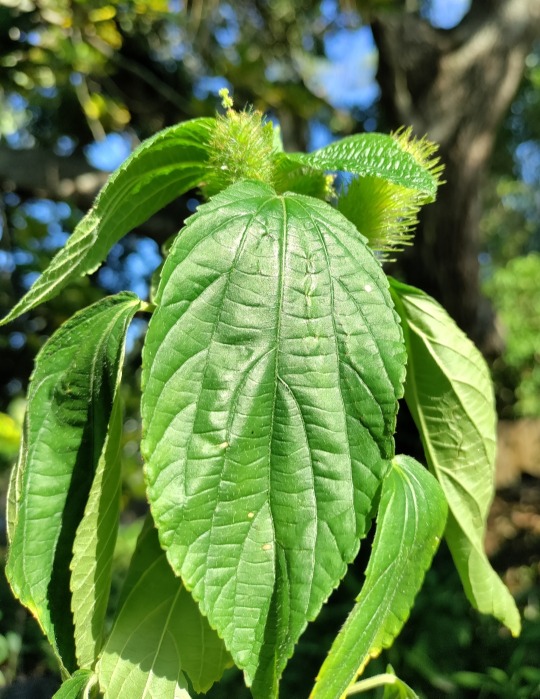

Field Copperleaf 💚
This plant grows abundantly outside where I live. I noticed it and wondered if it was edible in any way and a few glamour shots later, discovered the amazing benefits of consuming field copperleaf. This perennial, shrub like herbaceous plant remains largely uncultivated in North America. Often mistaken for nettle. This plant is in the euphorbiaceae family!! But interestingly does not produce the signature white sap when cut. Native to Brazil, it is anti-bacterial, anti-septic, antiemetic, anti-inflammatory, can be a diuretic, but the use I found most amazing is the anti-spasmodic properties since I struggle with episodes of stomach muscle mishaps. It can also be used to treat various skin diseases and irritations, menstrual issues, vaginosis and more!! The entirety of the plant is used, Best taken as a tea before meals. The whitish tall and fluffy flower eventually turn pink / red and produce small capsule like fruit. Overall excellent for muscle relaxation
Pictured next to it is some of the leaves I have processed for tea ☕
#cottageblr#plantblr#plant parent#plants#gardening#dark cottagecore#foraging#foragecore#foraged medicine#foraged#outdoor plant care#outdoor plants#outdoors#copperleaf#field copperleaf#plant life#medicinal herbs#medicinal plants#plant#plant photography#my photos#houseplants#house plant#indoor plants#house plants#growing medicine
6 notes
·
View notes
Text

Asked God for dandelions and of course, He delivered.
Also found some bitter dock, garlic mustard, and (not pictured) lambs quarters (:
5 notes
·
View notes
Text

Vcenv
Juniperus silicicola
Red Cedar
A very important medicine to the Muscogee people. It's said that the creator put protective spirits in this long living tree.
Some common uses are:
The berries and leaves can be steamed in warm water. This drink can help with minor illnesses. I've also heard of grinding up dried berries and mixing this in water.
For aches, pains, and joint swelling, steam the sprigs or leaves in warm water. Apply the warm water or the sprigs themselves to the afflicted area.
This plant was also used in smoke purifying. Put lit cedar chips in a bowl to burn, sprinkle berries, leaves, or whole sprigs on top to start the smoking. Hecē (Tobacco) and Heles-hvtke (Ginseng) can also be sprinkled on top. Use the smoke to clear out unwanted things from the home then yard.
The current Muscogee chief has also used Vcenv to bless rescued and rehabilitated wildlife. Smudging the air upon release to bless them on their way.
With most traditional medicine, I HIGHLY advice collecting it yourself. Purchasing the plant may be contributing to environmentally harmful harvesting practices. As well its believed the intent in collecting affects the medicine. You should think of what you want while you collect it and thank the earth for providing. Purchasing makes this an unknown factor, and you may instead see bad results. Receiving it as a gift from someone who collected is also good.
From a medical standpoint, red cedar has been known to help with joint pains, coughs, digestion, and flatulence. It's also said to be a good natural antibiotic. Many Junipers have a small amount of toxin, so consume the plant in moderation. With any natural medicine, try a small dose first to make sure you do not have a negative reaction.
As far as I'm aware, the usage of Cedar, at least within the Muscogee tribe, is not a closed practice. Although smudging Cedar may be a more delicate situation. If you are a tribal citizen, I would recommend researching your tribe's usage of Cedar. If you are not a tribal member, I would recommend caution around such practices.
Much of the information on traditional uses comes from Muscogee medicine man David Lewis Jr.
#native blogs#native american history#mvskoke#native american#indigenous#indigenous blog#native artist#indigenous history#muskogee#natural medicine#alternative medicine#foraging#foragecore#foraged food#foraged medicine#indigenous medicine#medicine
0 notes
Text
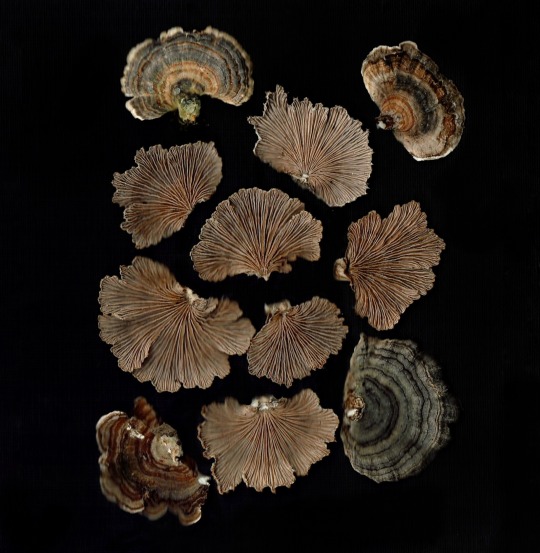
Split Gill & Turkey Tail Mushroom arrangement by Kai Edwards.
#fun fact split gill fungi have over 20000 sexes#mushrooms#fungi#foraging#turkey tails#medicinal#queer#ecology#mycology#mycologist#forager#artwork#nature#artists on tumblr#artist#photography#nature photography
3K notes
·
View notes
Text
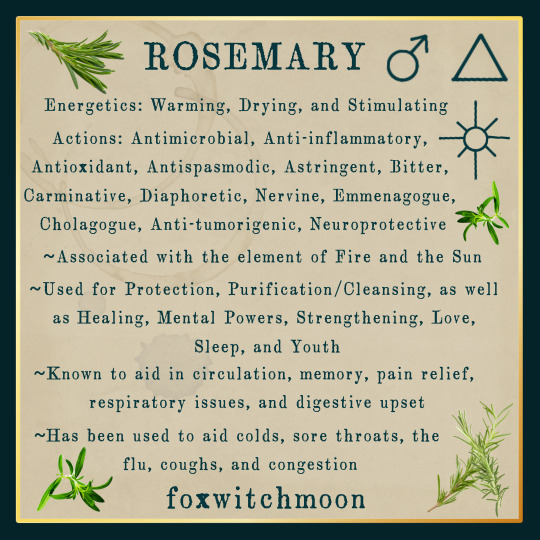

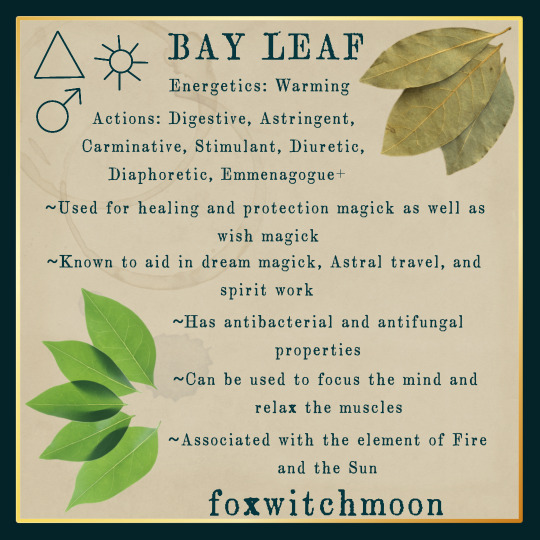
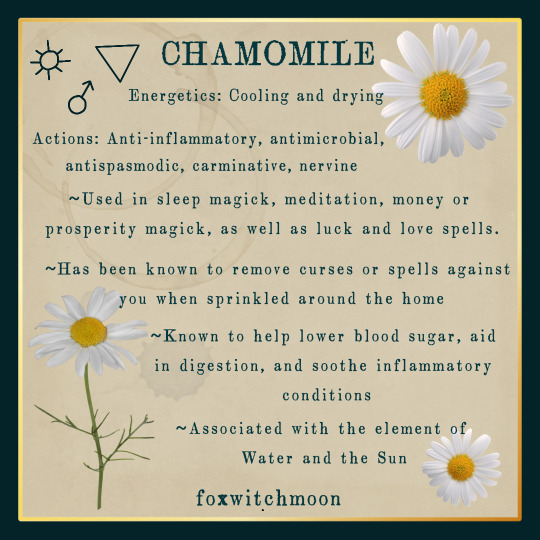
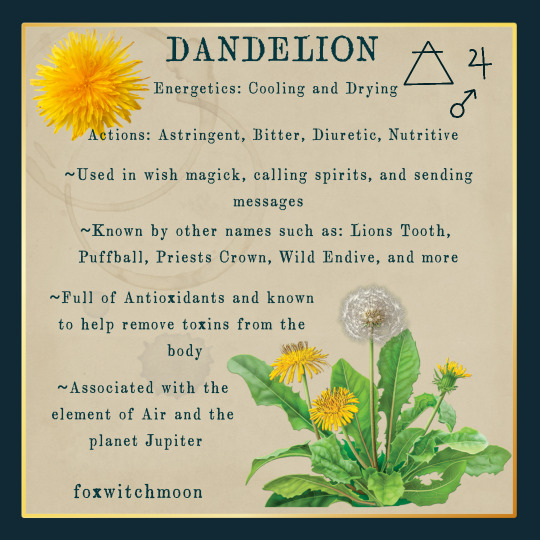
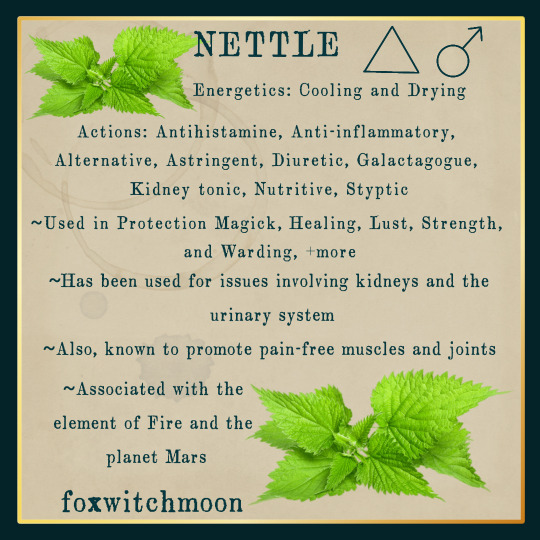
Herbology × Magick🍃
Follow @foxwitchmoon on IG for more🌿🔮🌙🧿🕯🪻🗝✨️
#witchblr#grimoire#witch#witchcraft#witches#occult#plants and herbs#foraging#chakras#herbology#herbalwitch#herbal medicine#herbalism#green witch#eclectic witch#lunar witch#moon magic#rosemary#nettle#dandelion#mugwort#bay leaf#chamomile
561 notes
·
View notes
Text
726 notes
·
View notes
Text
The Mistreatment of a Sacred Plant
Recently, I had an unpleasant emotional and spiritual shock. I struggle a bit to talk about it because of how upset it makes me, but I feel like the subject matter is important enough to warrant the discussion.
As some may know, one of my dearest plant allies is the Ghost Pipe. I work closely with Monotropes in general, but the Tutelary Spirit of Monotropa Uniflora, in particular, serves as a chief Plant Patron of mine. Part of maintaining this relationship involves visiting a specific location in a devotional capacity, in order to watch, tend, and learn from the population of Ghost Pipes that grow there. I went back to this place not long ago, in order to thank the spectral flowers for lending their power and grace to our Handfasting Ritual, and I was horrified to discover that every one of the colonies I've stewarded over the last few years is completely gone.
They aren't a major food-source for any animals I know of, and this was way more than a die-back, since I recognize what that looks like. What's more, for every colony to have naturally vanished without a trace since the last time I visited was unthinkable. As such, I'm all but sure that someone "Wildcrafted" them to make tinctures for sale. This is absolutely heartbreaking and infuriating, as they have totally misused and abused this sacred plant, and damaged an extremely fragile and unique ecosystem in the process.
The main issue with harvesting Ghost Pipes isn't necessarily that it's rare, though it is in some areas. The real problems are how sensitive they are and how exacting their life cycle is. Sometimes, just touching a Ghost Pipe is enough to damage the plant, disrupt the re-seeding process, and prevent it from growing back. What's worse, the conditions required for the succesful development of these ethereal organisms are extremely specific. Monotropes are Mycoheterotrophs, which derive their energy through mychorizal parasitism. This is to say, they can only get their energy by siphoning it from a small range of subterranean fungi, who in turn, siphon their energy from the roots of certain trees. Between these and other factors, Monotropes are virtually impossible to cultivate or propagate, and they are especially susceptible to the effects of overharvesting. Unfortunately, unethical harvesting has steadily become a real problem in Western Herbalism, where Ghost Pipe tincture is growing in popularity for its mystique and its beautiful violet color. And while it does have a long history of traditional medicinal use as a Nervine, people who aren't getting it purely for its aesthetic qualities are buying it as a miracle cure, without any real understanding of how or why to use it.
I've been muddling through strong feelings of anger, sorrow, and impotence since this happened, and I feel sick thinking about someone out there irreverently peddling this precious medicine under a capitalist guise of "Herbal Wisdom." These sorts of business practices are thoughtless, ecologically unethical, and spiritually blasphemous (as far as I'm concerned). So, I beg you: please think thrice about what you are doing before you harvest a plant. Ask yourself these five questions, and weigh the answers against each other: "Why do I want to harvest this plant?' 'What harm will my behavior cause to this organism?' 'What harm will my behavior cause to this species?' 'What harm will my behavior cause to this ecosystem?' and, 'What will I suffer as a result of not harvesting this plant?
I offer up my most fervent prayers that the seeds I helped to spread earlier in the year will count for something.

#ghost pipes#ghost pipe#monotropes#monotropa#monotropa uniflora#foraging#harvesting#harvest#herbalism#plant magic#plant medicine#nature magic#herbal medicine
128 notes
·
View notes
Text
Okay. Okay okay okay. So. This is a HUGE discovery. Death caps and destroying angels are two of the deadliest mushrooms in the world; both are in the genus Amanita. Both species contain both amatoxins and phallotoxins, though the latter are likely not a major factor in the massive cell death that occurs in the liver and/or kidneys after consuming these mushrooms.
The most medically significant of the amatoxins is α-amanitin. When a deadly Amanita is consumed, you're likely to get the expected gastrointestinal upset that accompanies many toxic mushrooms within a few hours, and they may last for a few days. Then you start to feel better--but you can't just say "Okay, learned my lesson, I won't eat THAT one again." That's because α-amanitin has been stuck in your liver and kidneys the whole time, destroying their cells left and right, and its deleterious effects are catching up to you. So you can expect to end up in the hospital, potentially dealing with acute organ failure.
Supportive care generally includes IV fluids and electrolytes along with penicillin, oral activated charcoal, and other medications, along with hemodialysis and hemoperfusion. Some people have needed organ transplants, and numerous people have died, especially those who got medical help too late.
While compounds from milk thistle (Silybum marianum) have shown success in treating amatoxin poisoning in a small study several decades ago, there hasn't been much follow-up since. Recently, researchers studied the molecular effects of α-amanitin, and discovered that the enzyme STT3B plays a crucial role in creating N-glycans that facilitate the cell death caused by α-amanitin. Then they went looking for anything that could inhibit STT3B from a list of possible treatments approved by the FDA.
Enter indocyanine green. Developed as a dye for photography in the 1950s, it received approval for medical use a few years later, and has been used for everything from measuring cardiac performance to opthalmology. But it just so happens to also significantly reduce cell death both in vitro in human cell lines, and in vivo in mice. There haven't been any in vivo studies in humans just yet, but results are very promising.
There's one limitation--indocyanine green must be given as soon as possible after ingestion. When it was given eight or twelve hours after α-amanitin poisoning, it was no longer effective due to cell death having already occurred.
Still, the fact that we now have a potential new tool in treating acute α-amanitin poisoning is a massive hope for the future. Couple this with increasing education about safe mushroom foraging and how to identify poisonous species, and we could see a significant reduction in poisoning from those two deadly Amanita species.
#mushrooms#mushroom hunting#shrooms#fungi#fungus#foraging#mushroom foraging#medicine#healthcare#nature#Amanita#destroying angel#death cap
211 notes
·
View notes
Text
the ghostly pipes have started springing up.

97 notes
·
View notes
Text

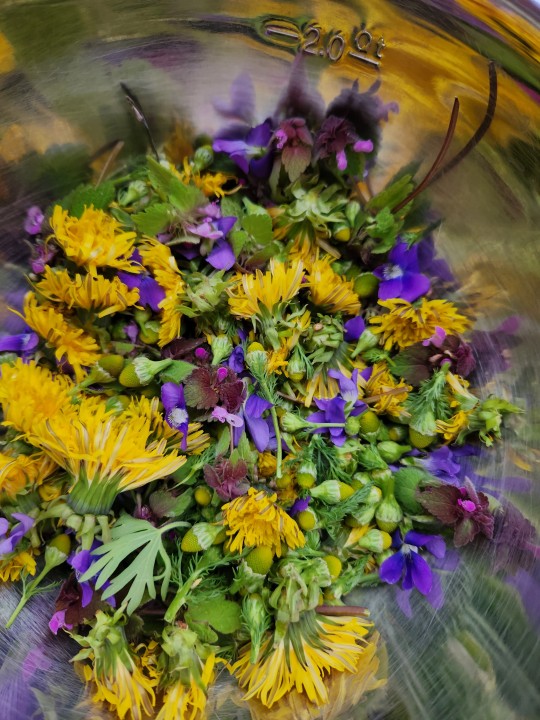

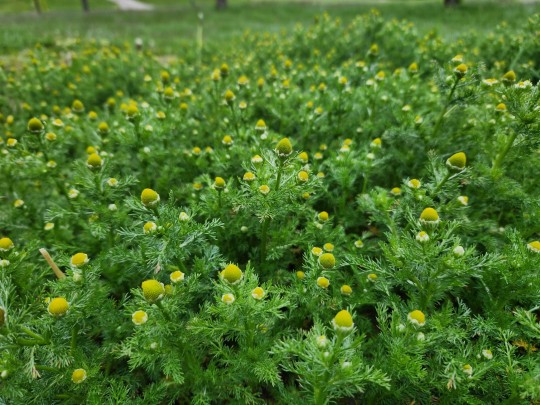
Lots of foraging today.
(flowers: mayweed, dandelion, dead nettle, violet, ground clover, henbit, cranesbill
leaves: chicory, dandelion, plantain, ground clover)
#nature#forage#foraging#eat the weeds#naturecore#solarpunk#edible plants#nature photography#cottagecore#plants#medicinal plants
21 notes
·
View notes
Text

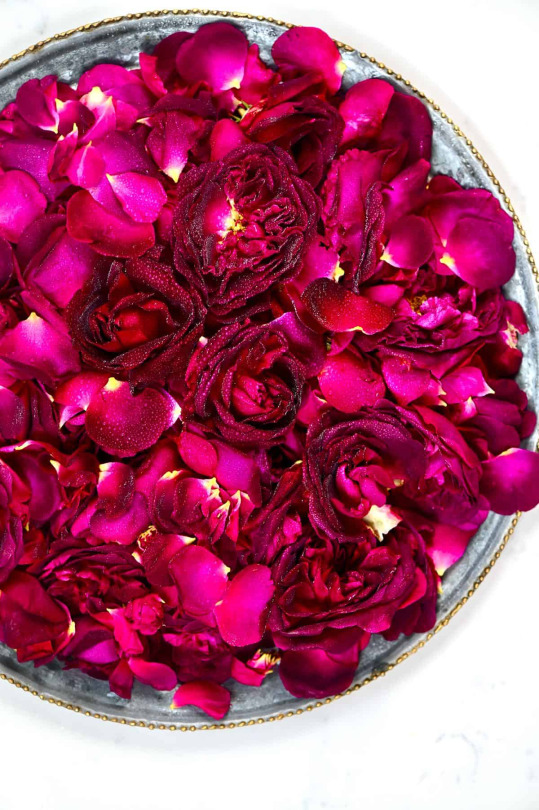
Homemade Rose Petal Jam (Vegan)
#p#recipes#herbal medicine#herbalism#diy#rose#Rosa spp.#jam#spring foraging#summer foraging#wildcrafting#slow living#soft living#seasonal living#that girl#green juice girl#sidewalkchemistry
26 notes
·
View notes
Text
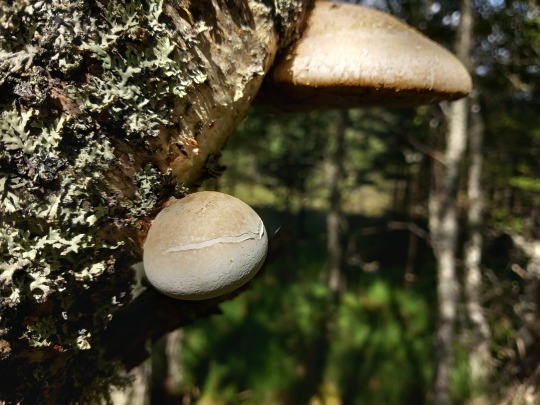

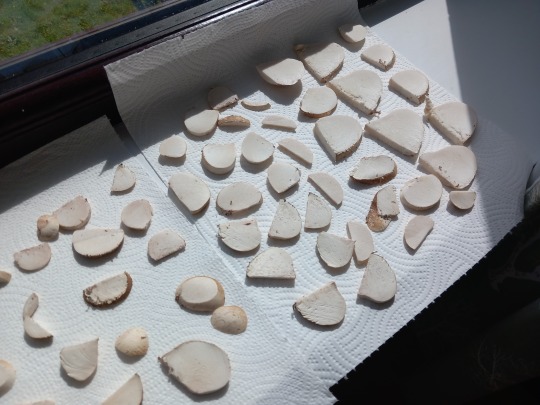
Abernethy Forest, Scotland, August 2023
Birch polypore (Fomitopsis betulina)
This amazing fungus has been used for thousands of years as medicine for the immune system, as antiseptic bandages, as tinder, and even to sharpen razors.
It has a number of incredible properties, including being an antiviral, antifungal, anti-inflammatory, and anti-fungal. It also contains betulinic acid, which can cause the destruction of cancer cells while not affecting healthy cells.
The one in the first picture is the perfect age for harvesting - young, not yet tough, and not yet opened out into a large hoof- or shelf-shaped body.
I dried out these young ones on a sunny windowsill and will be using them to make tea.
#fungi#foraging#edible fungi#medicinal fungi#birch polypore#polypores#fomitopsis#fomitopsis betulina
78 notes
·
View notes
Text

Lion's Mane Mushroom
Hericium erinaceus
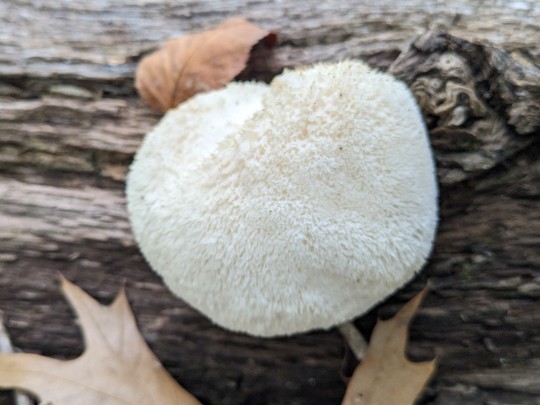

A wonderful surprise awaited us while on a hike. Lion's Mane has a very mild flavor and contains bioactive compounds that have been proven to improve brain health. Remember to always forage respectfully and sustainably.
Crawford County, Missouri, USA
Oct. 6th, 2023
Olivia R. Myers
@oliviarosaline
#foraging#foraged#mushroom hunting#foraged food#nature#mushrooms#woods#mushroom#mycology#exploring#hiking#lion's mane#lion's mane mushroom#medicinal mushrooms#medicinal#cottagecore#forestcore#forest floor#forest#forests#ozarks#Missouri ozarks#wild fungi#foraging mushrooms#amazing nature#beautiful nature#mushroom photography#fungi photography#wild mushrooms#hericium
20 notes
·
View notes
Text

#my art#I go to art school now#digital 2D#morgan if this takes off I swear it's my original meme I made it I have the original psd#society#american healthcare#free healthcare#nature#mushrooms#foraging#edible plants#also poisonous plants#medicinal herbs
35 notes
·
View notes
Text

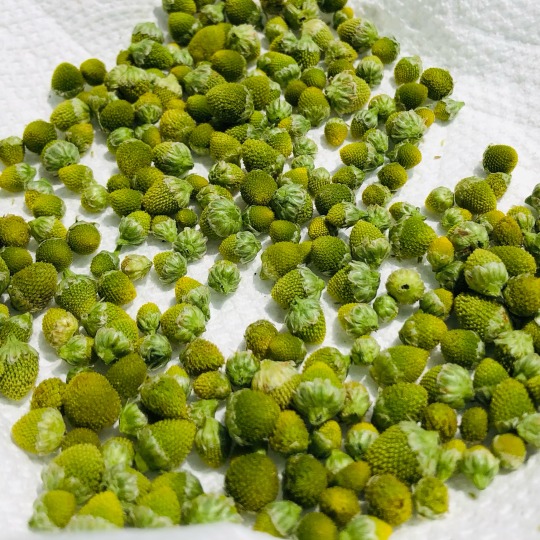
I’m drying some pineapple weed flowers. They grow all over my local public park this time of year so I always try to collect some when I go on walks there.
Also known as “wild chamomile”(Matricaria discoidea) it is closely related to conventional chamomile (Matricaria chamomilla) and has similar culinary uses. The whole plant is edible. The leaves taste nice but they’re really fibrous so they aren’t great in salads unless you really love chewing. It gives off a sweet smell when crushed. The scent is regarded as somewhere between that of pineapple and chamomile, hence the plant's common names.
I’d like to flavor some mead with these.
11 notes
·
View notes